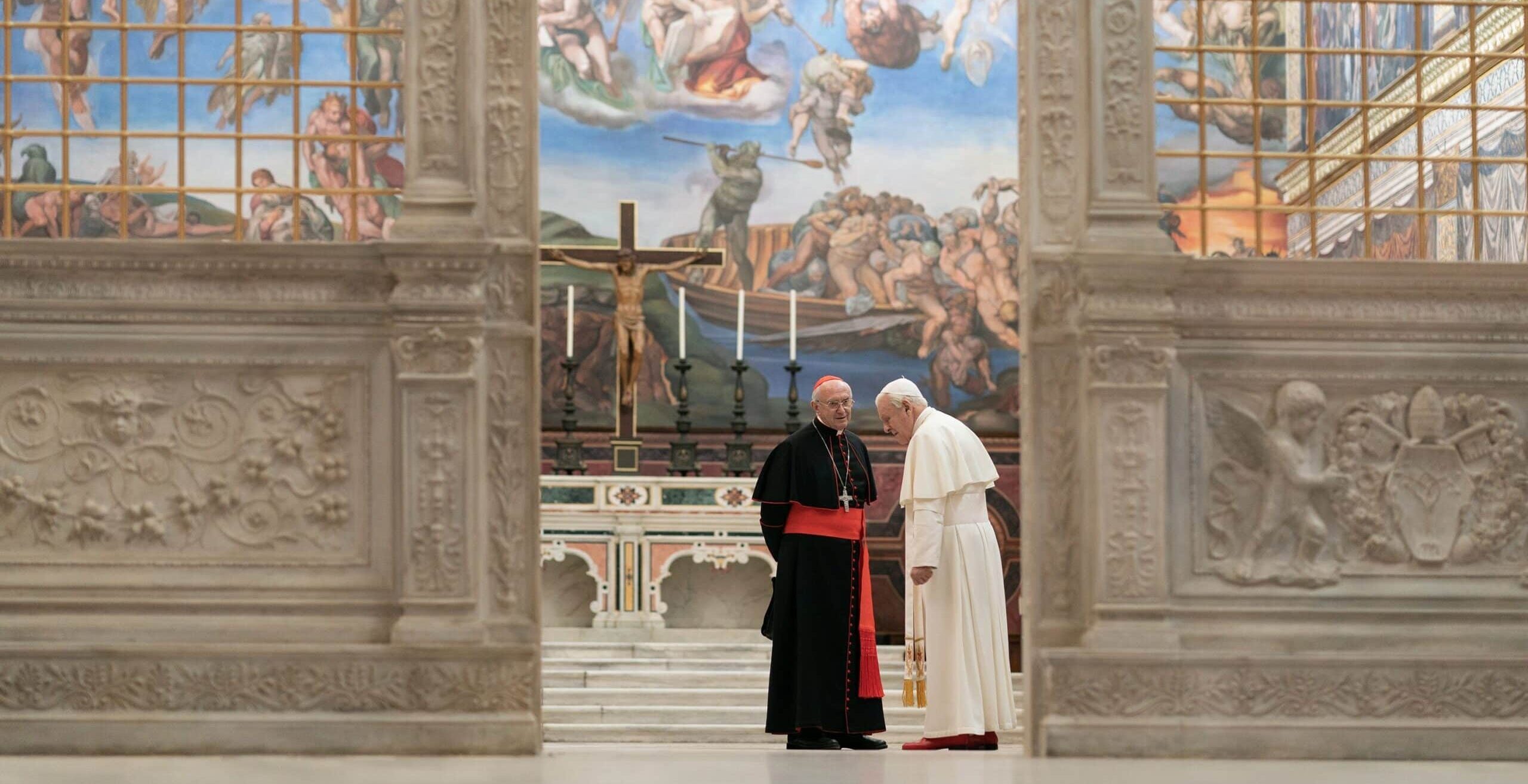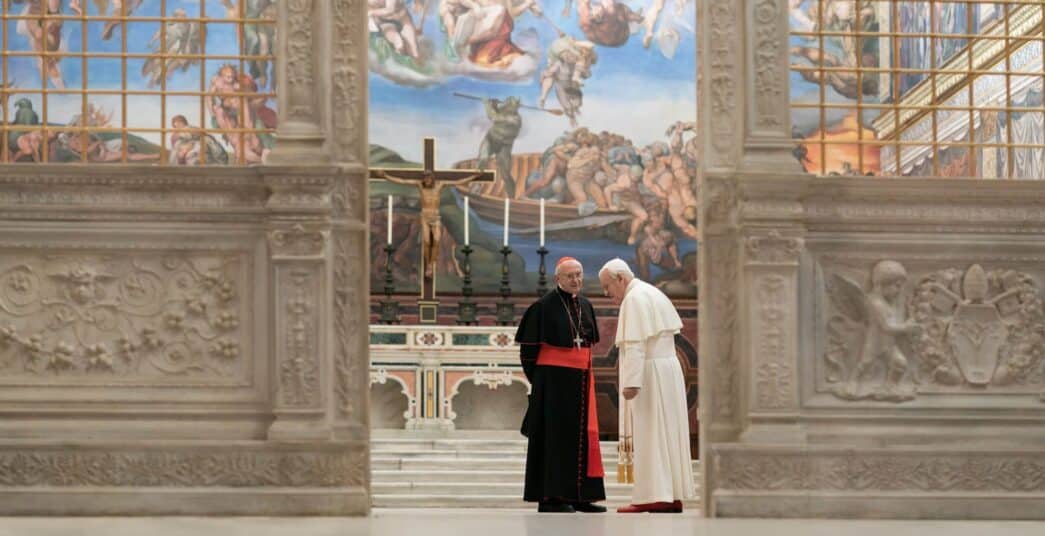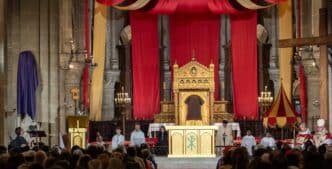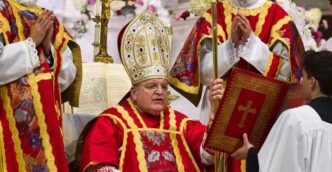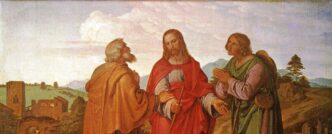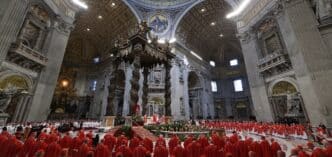The U.S. Constitution specifies that every four years, on the first Tuesday after the first Monday in November, American citizens go to the polls and choose “electors,” who, before Jan. 6, ceremonially meet in the state capitol, sign documents and, under the solemn gaze of the governor, vote to select the next president of the United States.
Most Americans take elections seriously, taking time out of their schedules to go to the polls to vote for the candidate considered most likely to best serve the interests of the country.
Catholic cardinals will vote soon to elect a new pope, who, with God’s grace, will serve well the Church’s mission of leading all people to Christ.
How movies like ‘Conclave’ get it wrong
Three decades on the staff of Our Sunday Visitor brought me into contact with more than a few cardinals. Several, I knew, or know, more than casually or officially. None, in my experience, was, or is, unmindful of the actual needs of the Church and of the Lord, or someone whom I do not respect.
Based on this firsthand observation, the movie “Conclave” fails in its depiction of cardinals, at least most of them. Reducing the election of a pope to a swirl of intrigue, scheming, ambition, behind-the-scenes maneuvering and backbiting is simply too much.
Some cardinals have been saints, like deceased Cardinal Terence Cooke of New York and Cardinal Joseph Bernardin of Chicago, who were Christ-like in facing their last illnesses, or St. John Fisher in England, and Venerable Jozsef Mindszenty in Hungary, who both suffered for defying tyrants, But never forget — all humans, all cardinals, are sinners.
Obviously, cardinals disagree among themselves, holding strong opinions about what the Church, and the mission of proclaiming the Gospel, need. Consequently, they differ, at times decidedly, about who would serve the Church as its chief pastor.
Experienced servants of the Church
What forms their opinions? First, their instincts as servants of the Church. Once, they were young men who deliberately chose to place their lives at the service of Jesus. It has been the purpose of their lives, and, while admitting human frailty, most give every indication of lifelong sincerity.
Second, with lifetimes in Church ministry, most are proven leaders of huge dioceses, each with multiple services, individuals and challenges. Among them presently are the archbishop of Kinshasa, in the Democratic Republic of the Congo, with 7.8 million Catholics, a population greater than the total population of Massachusetts; the archbishop of Sao Paulo, Brazil, with over 5 million Catholics, bigger than Louisiana; and the archbishop of Chicago, with its 2.1 million Catholics.
In overseeing these very large Church communities and varied activities, they have shown perception, skill in administration, and endurance.
Ceremonial pomp with purpose
Following the conclave, put the ceremonials in perspective. Receiving the oaths at a presidential inauguration is not a notary public but the chief justice of the United States, wearing a long black robe nobody would wear on the street. Ceremonials merely convey a sense of the importance of what is happening.
In the conclave, as in American elections, no ballot is signed, to remove from the process any pressure or promise of reward.
Each cardinal writes the name of his preferred candidate on the ballot and then personally delivers it to the desk where officials wait. This protects the integrity of the ballot. Two ballots from the same cardinal would negate both. No middleman handles, or potentially tampers with, the ballot. Nothing pompous or medieval about it.
After being counted, ballots are burned. The public learns the results by watching for the smoke from a very visible chimney. Chemicals are added to produce black or white smoke. White means an election has occurred.
Would not email, texting or telephoning work to inform the public? They would, but the smoke works very well, just as quick, and equipping the ancient Sistine Chapel with modern electronics is not worth the time or cost.

